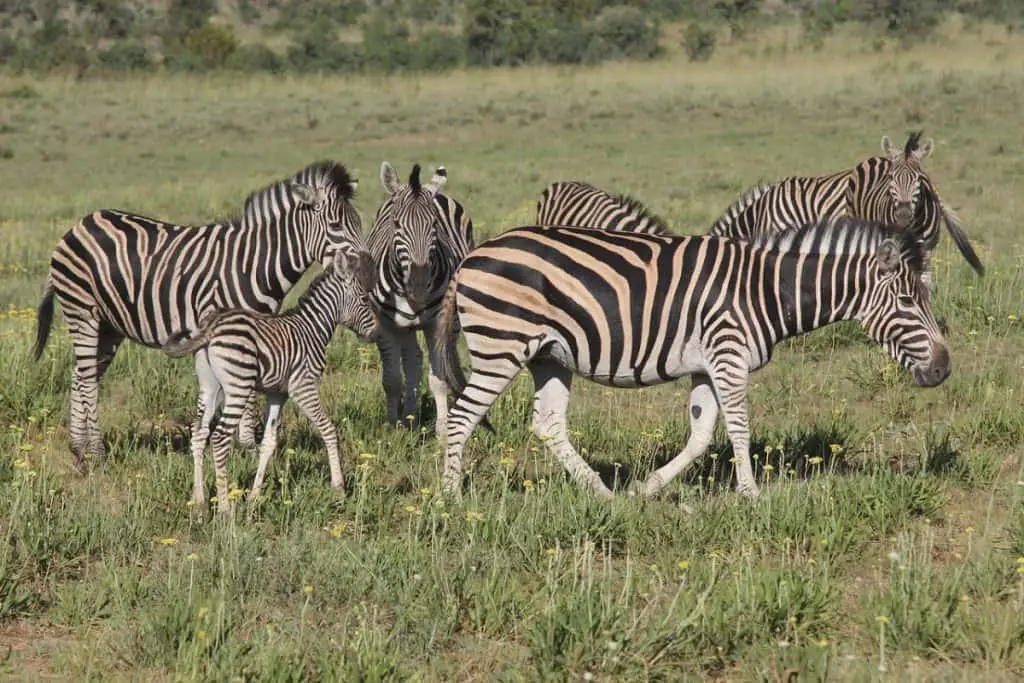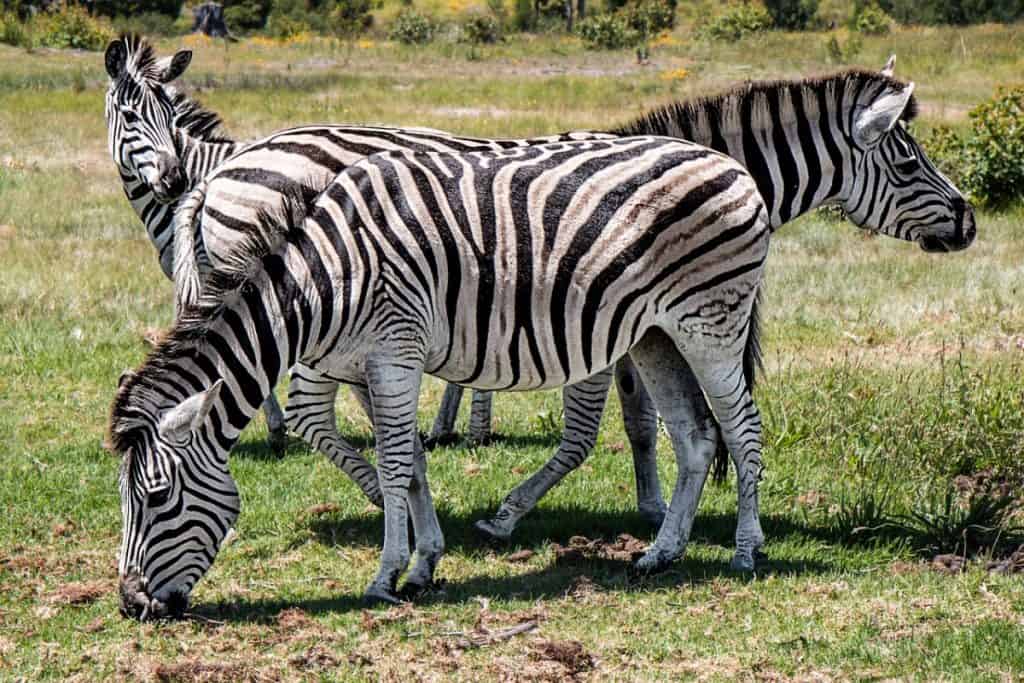Zebras are horse-like animals that are known for their unique striped bodies. This article teaches where zebras live and how they have adapted to their environment.
Zebras live in the savannas and grasslands of Africa. Zebras can be found in Namibia, Botswana, Mozambique, Zimbabwe, Zambia, Tanzania, Uganda, Somalia, Ethiopia, and Kenya.
There are three main zebra species, all of which have their subspecies. It’s important to note that there was a fourth species, named the Quagga Zebra, but it is now extinct.
Do you know how good a zebra’s senses are? Find out here

Grevy’s zebra
The Grevy’s zebra is the most well-known of the three extant species. They have narrow, long heads, which makes them very similar to the shape of a mule when it comes to their appearance. Grevy’s zebras are the largest of the three species. They are distinct as they have narrow stripes.
Plains zebra
The Plains Zebra is the most common zebra of the three. They can be found distributed across the Eastern and Southern parts of Africa.
Mountain zebra
The Mountain Zebra is the smallest species of zebra. It’s easier to differentiate from the others as it has a white underbelly and a dewlap on the upper side of the throat. Their fur is much sleeker than other species, and they can be found in the southwestern countries of Africa.
Zebra habitat
Plains zebras live in the open savannas and grasslands but also be found sheltering under trees. Plains zebras tend to stay away from deserts due to a lack of food. They also avoid heavily forested areas as the trees make running and escaping predators hard for them.
Most zebras can be found in open areas of grassland or shrubland to escape predators easily. However, they will adapt to other environments, with mountain zebras being a prime example.
Mountain zebras enjoy living on the mountain slopes of Africa at elevations up to 6,500 ft. Mountain zebras often migrate, so they can be found in different places. Because of the lack of food in mountainous regions, they can often be seen moving around to new areas with lush vegetation.
It’s important to note that mountain zebras gravitate towards higher altitude locations. They prefer colder areas than other species, so they can be found going higher up the mountain whenever the heat gets too much. In wintertime, they return to lower altitudes.
Grevy’s Zebras are similar as they also migrate to find greener pastures. While territorial males may stay in the same place throughout the year, others will travel to mountainous regions to find food.
Did you know that zebras sometimes kill foals? Find out why here
When Do Zebras Migrate?
Zebras migrate in accordance with the rain. The rain drives them towards new areas of green pastures. The great migration typically starts in December, but this does depend on when the rains come. This is also the time when they become susceptible to predators.
It’s important to realise that zebras eat grass, twigs, and leaves, but these can be hard to find when many animals compete. Zebras migrate in search of food and travel more than 1800 miles searching for food.
In the Stripes of Zebras: How Good Are Their Senses?

What predators do zebras deal with?
Zebras are prey animals and are most susceptible to lions and other big cats. Some of their other predators are wild dogs and hyenas. Zebras can run fast, and their herd mentality allows them to prepare and even protect themselves against attackers. Zebras might not seem aggressive, but they can become so when attacked.
Staying in a herd allows them to eliminate many problems with predators, staying alive and protected against attackers. It’s prevalent for small and large groups of zebras to come together to defend themselves. Stallions tend to attack predators first, but females will also attack to protect their offspring.
Zebras cross many rivers while migrating, and crocodiles may attack them while in the water. Migration is quite challenging for zebras, but it does allow them to access new food sources. Even if it’s hazardous, it’s essential for their survival.
Conclusion
It’s important to understand where zebras live and how they continue to pursue new locations to find food. They migrate quite a lot, but you will see zebras in places that would be hard to imagine so that they can find the food needed to survive. They do have many predators, and the fact they migrate to find food makes them susceptible to all kinds of potential attackers. But this is the true nature of animals, and they need to do everything they can to survive.

